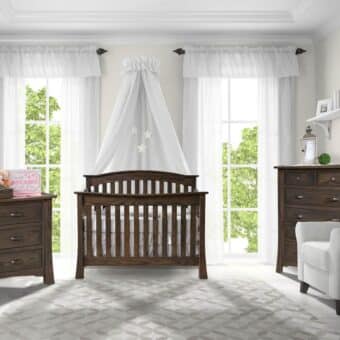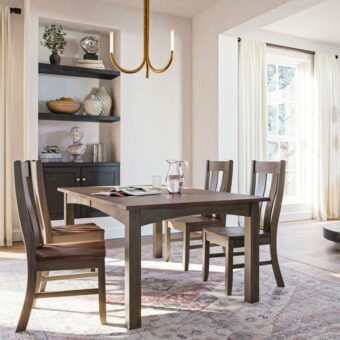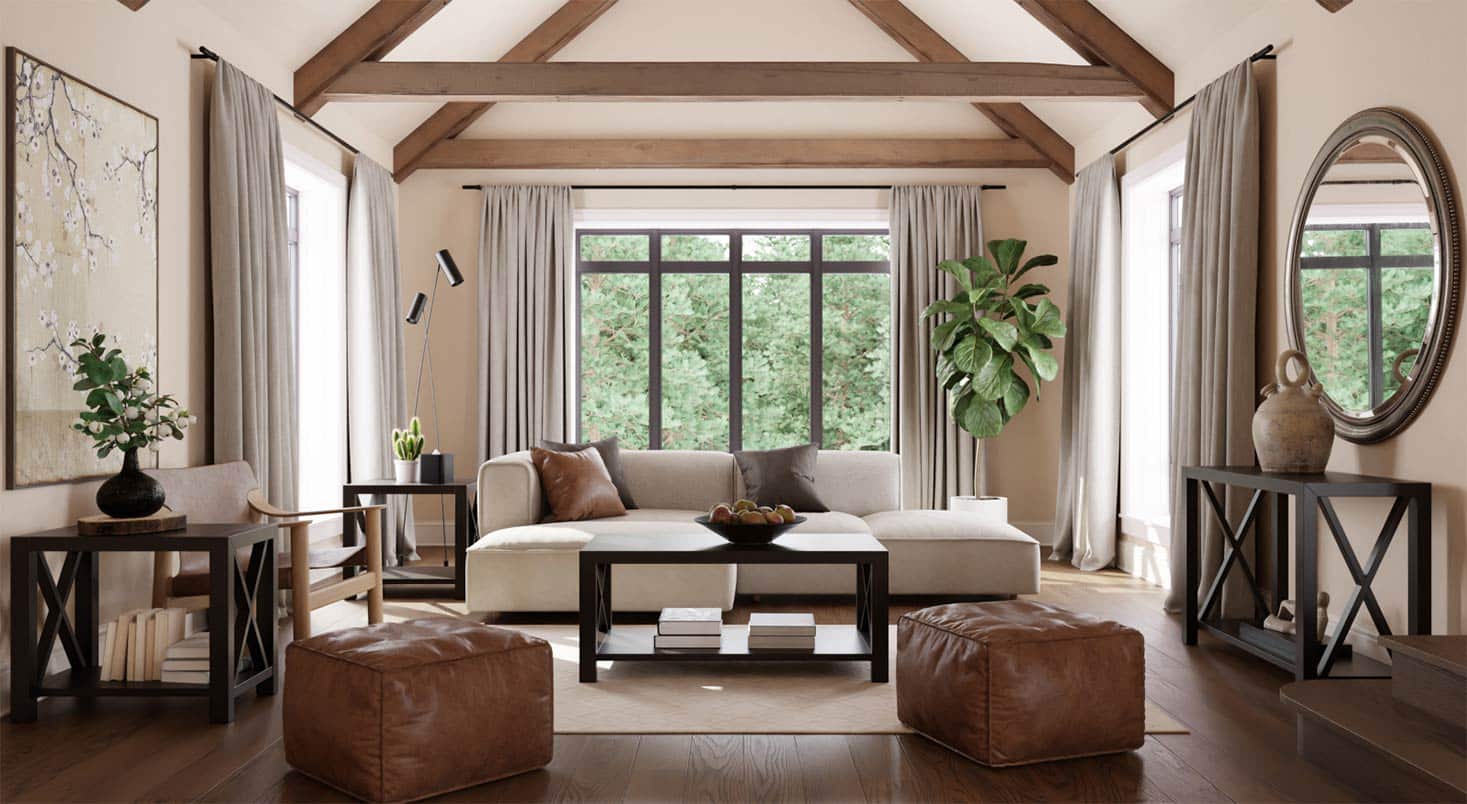Where you place your furniture in a room will instantly set the tone for how you’ll live in that room. Here are seven must-know tips for arranging spaces, whether you’re relaxing, watching TV or chatting with friends.
- Flexibility. How to arrange the living room furniture is up to you and your particular pieces. Most of us have a sofa and another chair or two, which we can position and reposition as often as we like. When trying out each new arrangement, make sure to allow enough space between furniture corners so people can swish past in search of a comfy spot. And give everyone a reachable drink rest, even if it’s just a stack of books on the ottoman.
- Passing Through. For spaces with multiple doorways, draw an imaginary line that angles through the room from opening to opening, creating a straight trail between furniture pieces. This dynamic arrangement of furniture keeps the focal point in mind but also directs people through the space. Blocking the corners of the room like this can be helpful when you have children’s toys or hobby supplies you’d like to hide.
- Priority. Place the largest pieces of furniture first, such as the sofa in the living room or the bed in the bedroom. In most cases this piece should face the room’s focal point. Chairs should be no more than 8 feet apart to facilitate conversation. Unless your room is especially small, avoid pushing all the furniture against the walls.
- Variety. Vary the size of furniture pieces throughout the room, so your eyes move up and down as you scan the space. Balance a large or tall item by placing another piece of similarheight across the room from it (or use art to replicate the scale). Avoid putting two tallpieces next to each other.
- Contrast. Combine straight and curved lines for contrast. If the furniture is modern and linear, throw in a round table for contrast. If the furniture is curvy, mix in an angular piece. Similarly, pair solids with voids: Combine a leggy chair with a solid side table, and a solid chair with a leggy table.
- Symmetry. Symmetrical arrangements work best for formal rooms. Asymmetrical arrangements make a room feel more casual.
- Focal point. Identify the room’s focal point — a fireplace, view, television etc.— and orient the furniture accordingly. If you plan to watch television in the room, the ideal distance between the set and the seating is three times the size of the screen (measured diagonally). Therefore, if you’ve got a 40-inch set, your chair should be 120 inches away.
Bonus 8th Tip – Planning
Give your back a break. Before you move any actual furniture, test your design on paper. Measure the room’s dimensions, noting the location of windows, doors, heat registers and electrical outlets, then draw up a floor plan on graph paper using cutouts to represent the furnishings. Better yet, use a free online room planner to draw the space and test various furniture configurations. It’s less work and a lot more fun.

![Carlston Amish Bedroom Set [Sap Cherry with a Mineral finish]](https://eadn-wc01-1253085.nxedge.io/wp-content/uploads/2022/07/Carlston-Mineral-340x340.jpg)

![Malaya Amish Collection [Chair, Sofa, and Coffee Table]](https://eadn-wc01-1253085.nxedge.io/wp-content/uploads/2022/09/Malaya-Setting-IDB-150x150.jpg)




